Wasp vs Hoverfly: What’s the Difference?
When it comes to flying insects, it can be confusing to identify which species it is you’re afflicted by as they go buzzing around you.
Wasps and hoverflies are two common flying insects that get mixed up thanks to their very similar appearances. However, when you take a closer look, you’ll find that each has distinct characteristics, behaviours and habitats. Wrapping your head around these differences is essential, especially if you believe you’ve got a wasp nearby and are worried about the issues it can cause.
This month, we’re spelling out the differences by breaking down how the two species compare in looks, behaviour and where they live. We’ll also give you some handy advice on what to do when faced with a wasp nest.
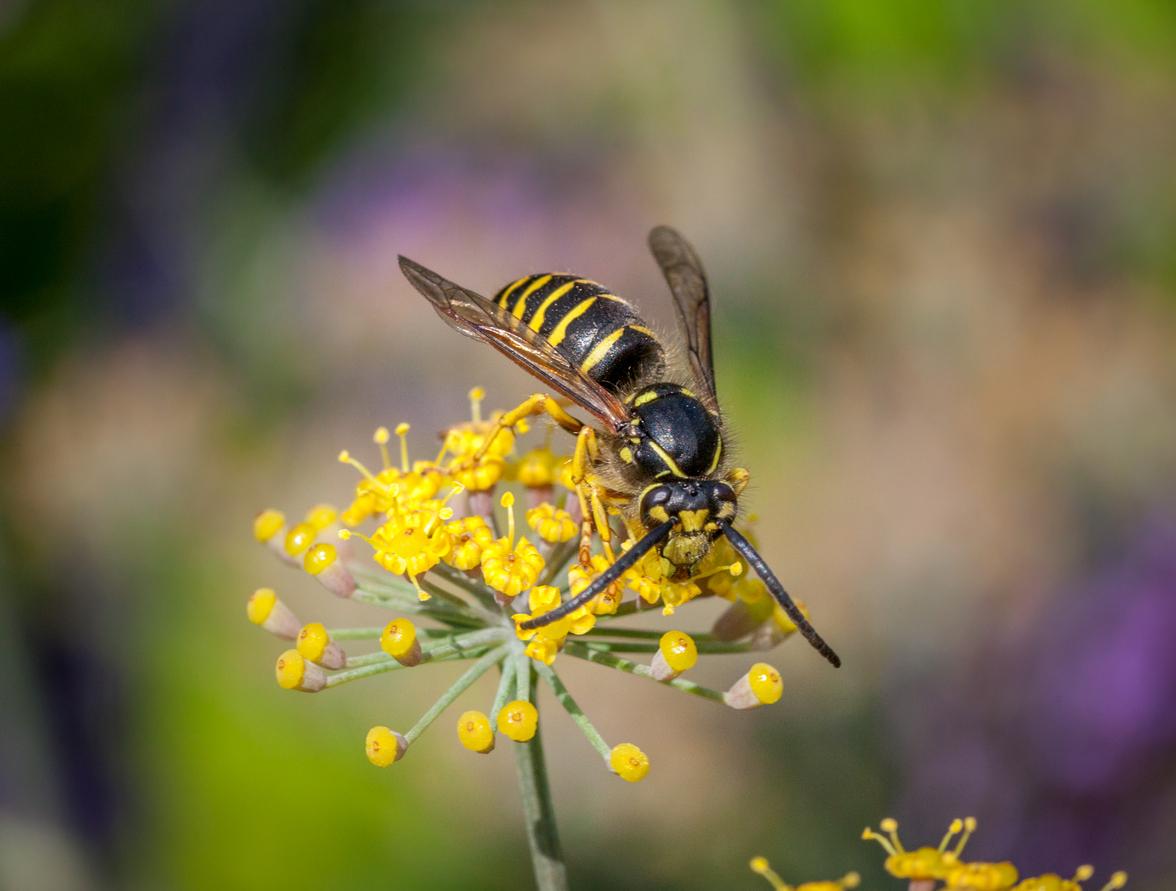
What do they look like?
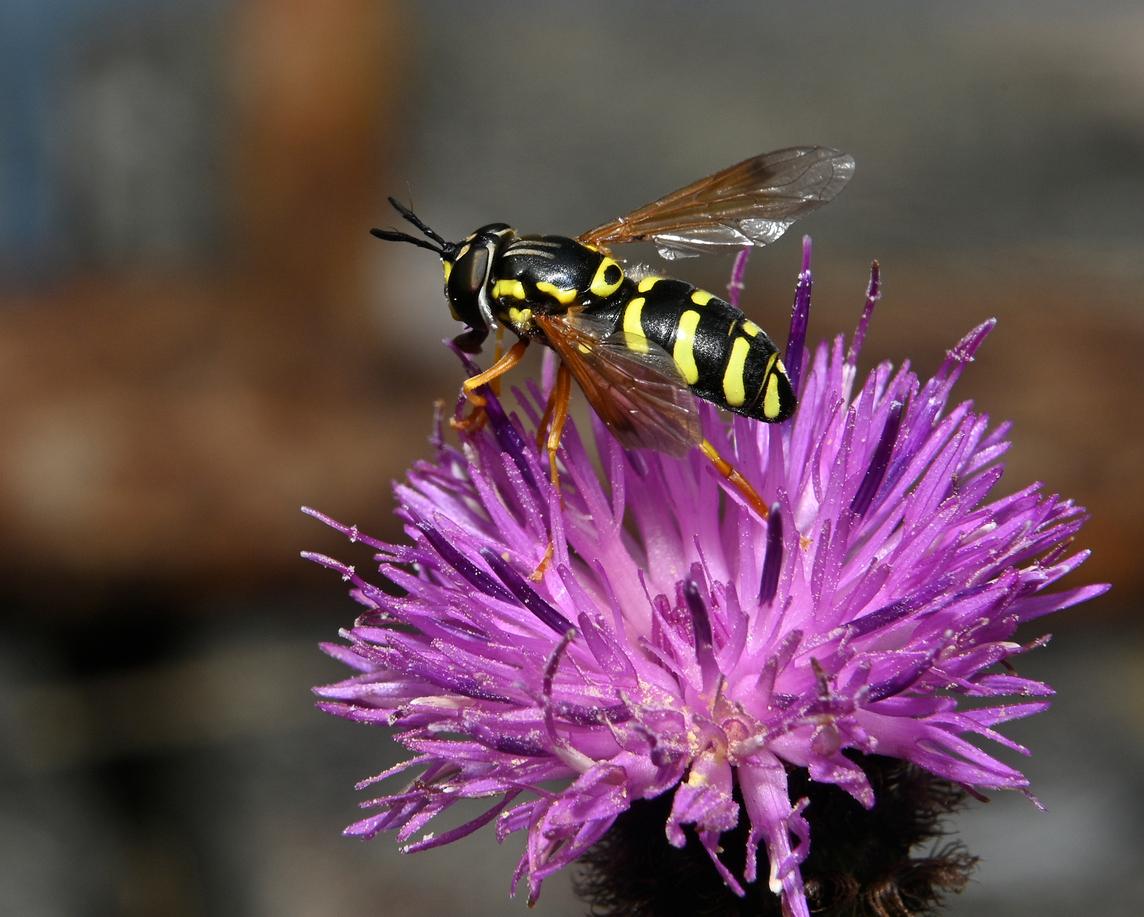
Often the most confusing aspect of identifying a wasp or hoverfly is how similar they look. At first glance, you might not be sure which you’re looking at, but there are some distinctive physical attributes that can help you to tell them apart:
Body
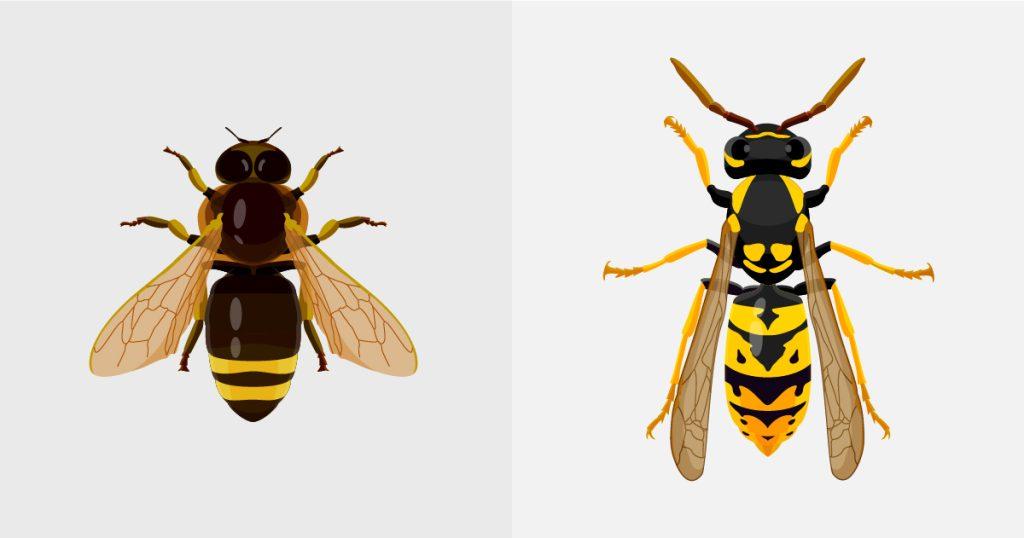
Wasps will have a longer body with a narrow waist and slender legs. Hoverflies, on the other hand, have a shorter, more plump abdomen. While both have black and yellow stripes, they’re brighter and more defined on a wasp.
Eyes
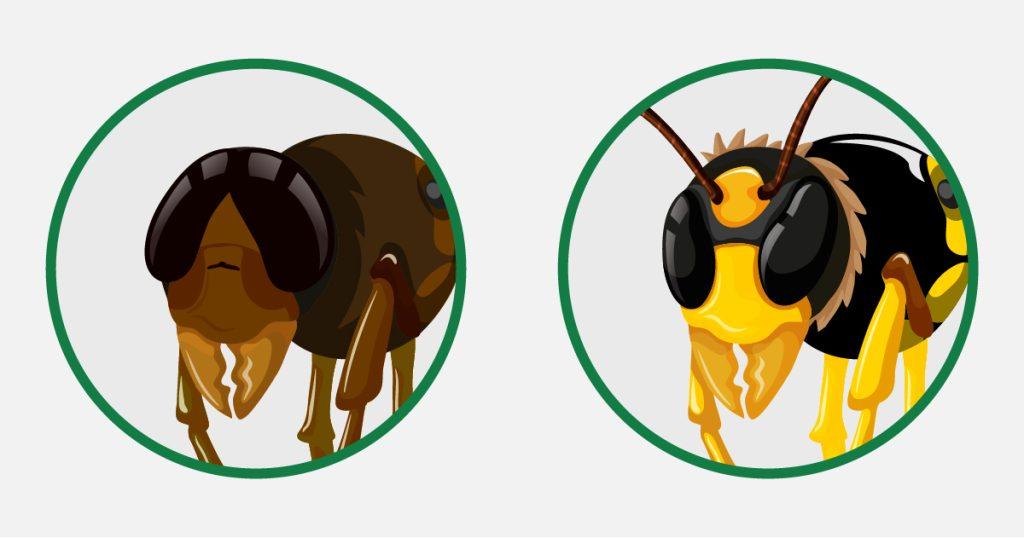
Hoverflies have much larger and rounder eyes than wasps, with the latter featuring small eyes in a kidney-like shape.
Wings
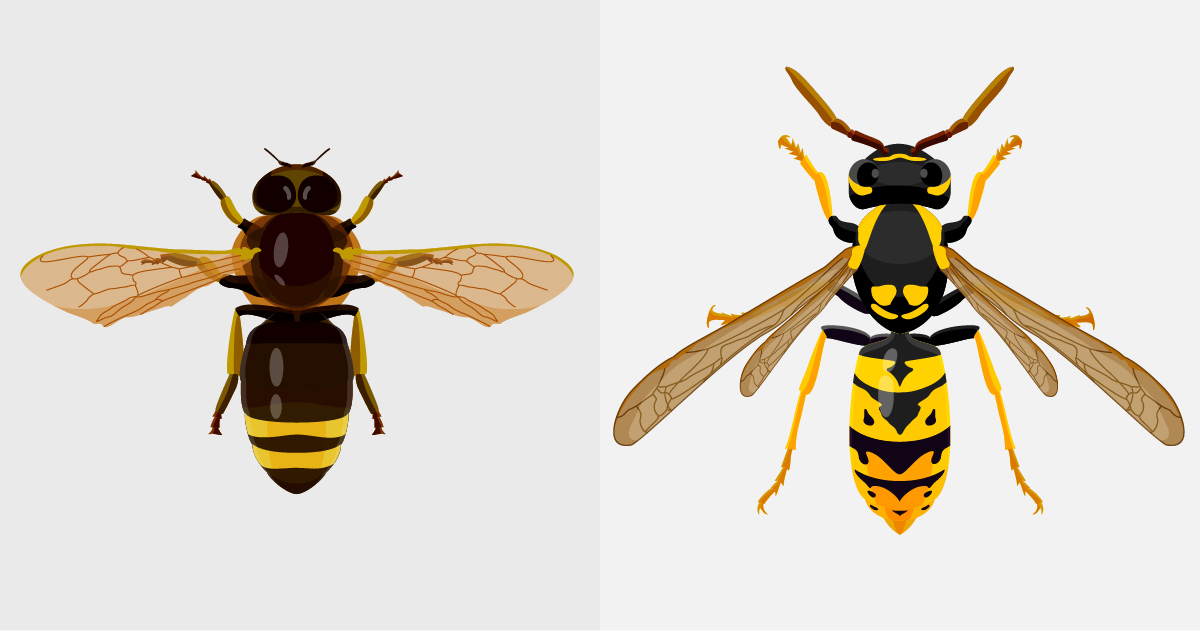
Another easy way to spot the difference between these two species is by counting wings. Wasps have two sets of wings, giving them four overall, while hoverflies have just one pair, giving them a total of two.
Stingers
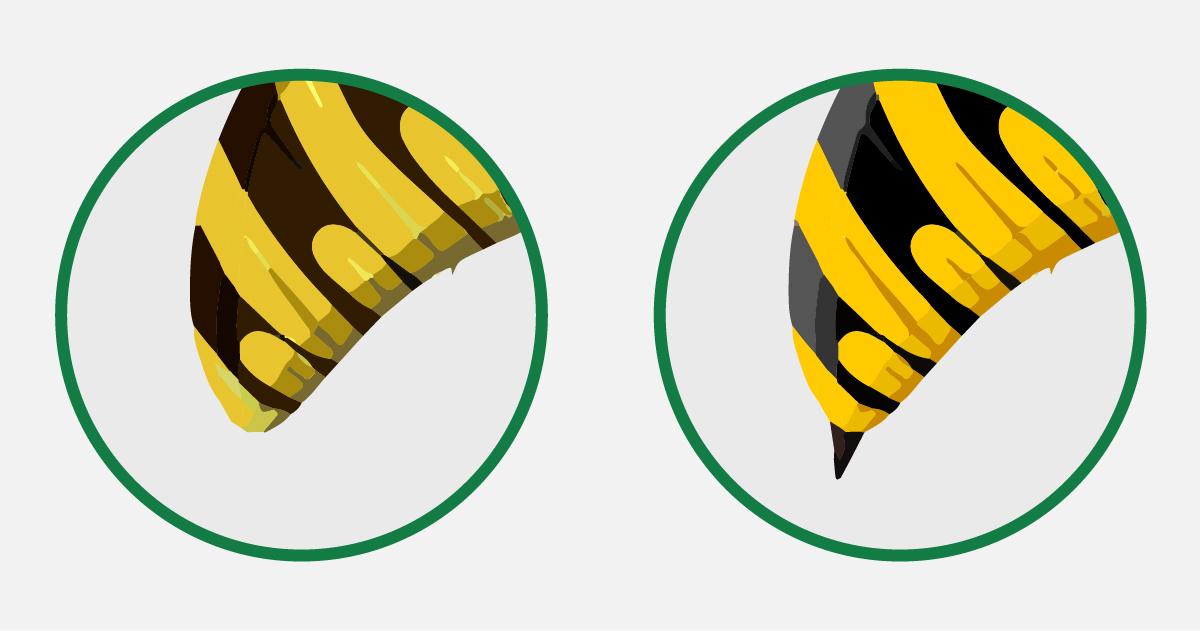
Here’s the crucial part: while wasps have a stinger that can deliver a small sting, hoverflies don’t, making them essentially harmless to us.
How do they behave?
While you might encounter both of these insects outdoors, some key indicators in behaviour and movements will give away which one you’re facing.
Wasps are, as we all know by now, more aggressive in their behaviour when it comes to their nest and potential food sources. This makes them more dangerous when combined with the fact they can sting as people can have allergic reactions. Hoverflies are far more peaceful, usually known for pollinating given that they’re more interested in nectar than anything human related. As their name indicates, they tend to hover in place, before shooting off in a different direction.
In terms of diet, wasps will be found feeding on sugars, like fallen fruit, but are known to eat other insects like flies and caterpillars, taking the food back to the nest for the larvae. Hoverflies will usually feed on small aphids as larvae but eat pollen and honeydew as adults.
Where do they live?
Both wasps and hoverflies can be spotted in the garden, but where do they make their nests? This can be another crucial way of identifying the species.
Wasps will tend to make their nests in sheltered spaces, often in the roof space or eaves of a building, using a paper-like material. A hoverfly nest might look quite similar, but they’re more likely to be found in meadows or wooded areas, since they’re less interested in the food and drink sources that humans provide.
What to do when faced with a wasp nest
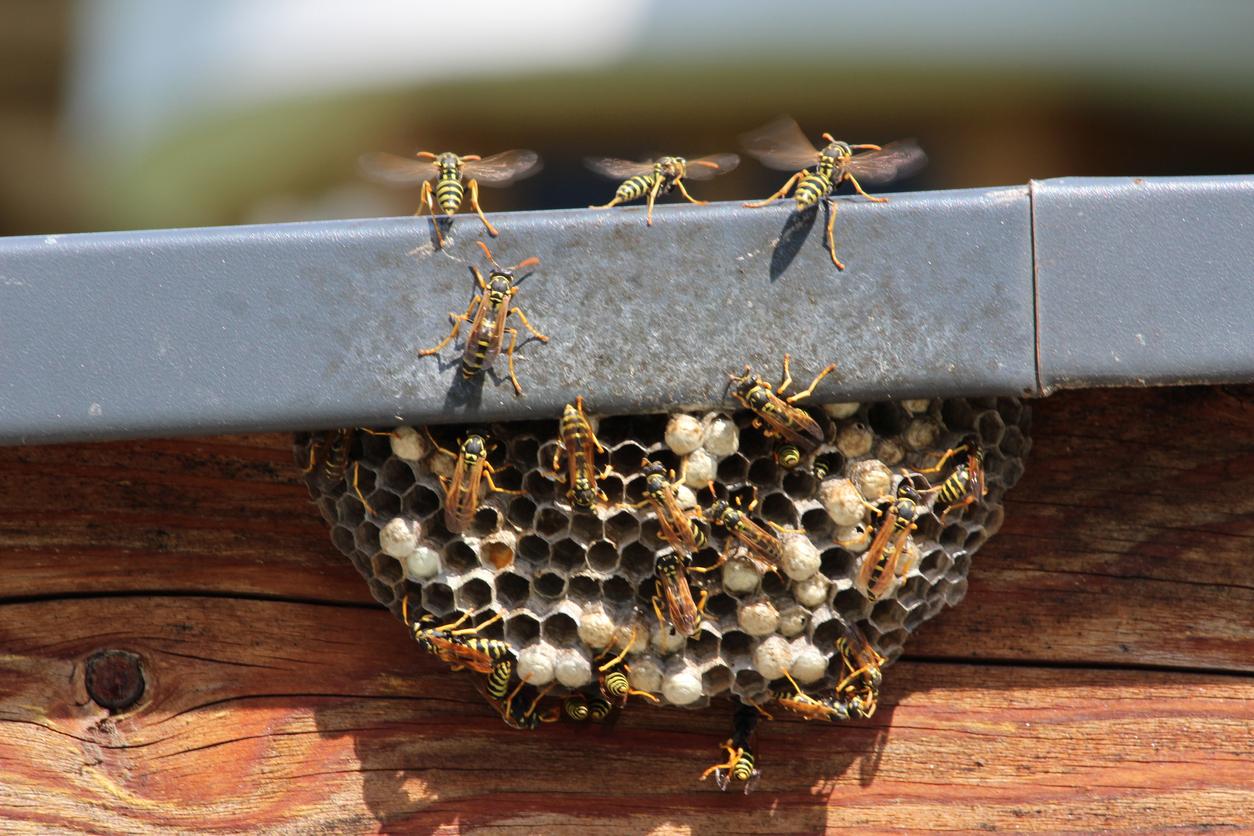
When you discover a wasp nest, it can be an unsettling sight, especially if you run a business or have small children at home.
Wasps can become territorial and aggressive if you get too close to their nest, which is why it’s best to call in the experts for specialist wasp nest removal services. Using insecticides not available to the general public, pest control professionals will carry out efficient and thorough extermination. You can learn more about wasps and their nests in our previous post on the topic.
Here at Pest Defence, we have the skills, tools and protective equipment to safely remove a wasp’s nest and eliminate your pest problem. Wherever you are in Colchester, Chelmsford, Brentwood and other areas in Essex, if you’ve got a wasp nest then don’t delay — call our qualified team today and we’ll be on hand to help.


